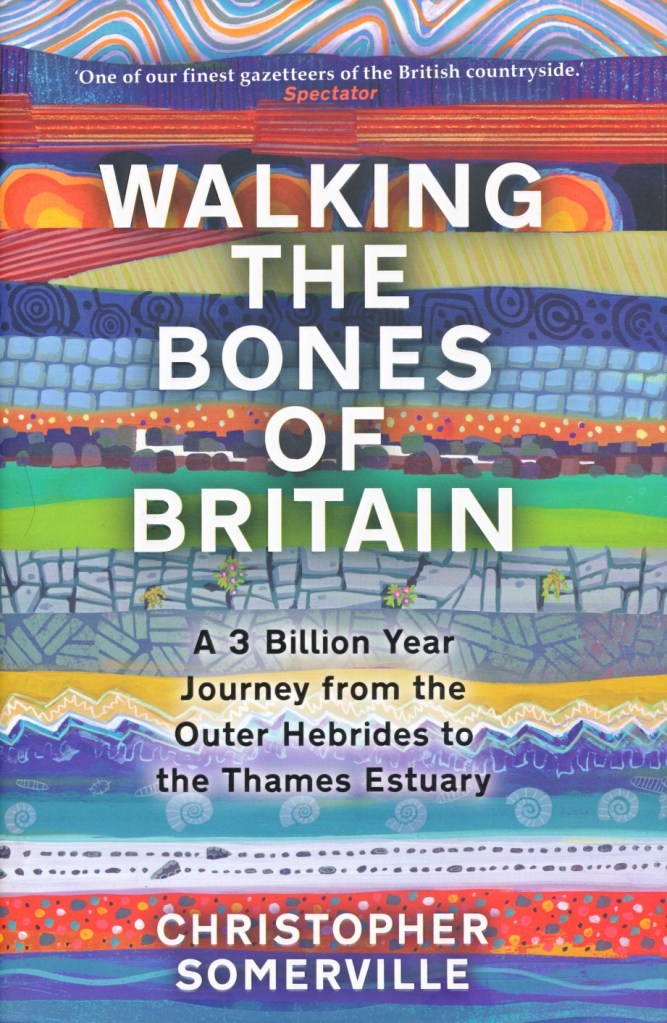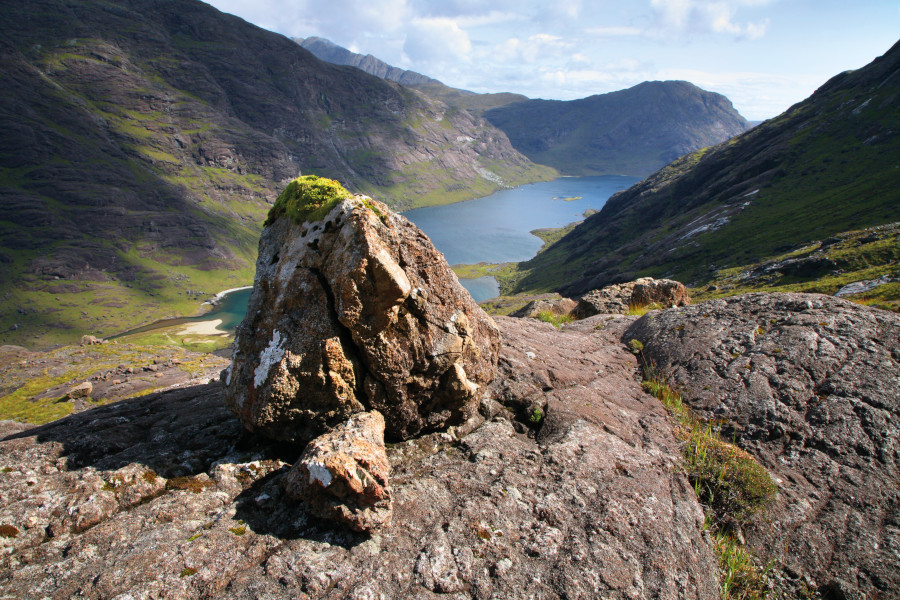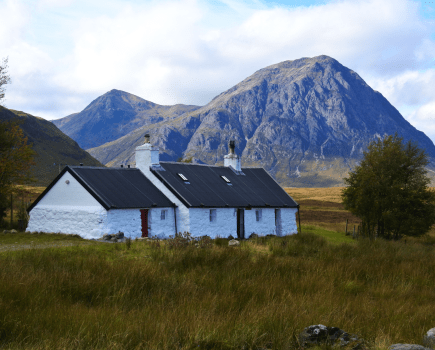Christopher Somerville has walked more miles than most but in Walking the Bones of Britain he has not only tramped the length of Britain; he’s also travelled back in time. It’s a journey of a thousand miles taken over a mind-blowing period of three billion years and his time travel began back in the last century when, as a teacher, he (naughtily) tore a geological page out of a classroom atlas. He had suddenly been beguiled by the colourful rippling layers which portrayed our oldest rocks in the top left and the youngest in the south-east: from the gneiss of the Outer Hebrides to the mud banks by the Essex marshes. Wouldn’t it be nice to walk through, across and over all those different ribbons of rock?
Main image: Loch Coruisk, below the Cuilin mountains on the Isle of Skye | Credit: Shutterstock
The map was then tucked away in a drawer for forty years until there was a suitable window of opportunity. Somerville had already wandered many of the places that caught his eye but now wanted to link them all together via a spider’s web of long distance paths, old drove roads, canal towpaths and a voyage down the Thames through the heart of London. Along the way, there’s geology under every footstep but also plenty of stories which connect our rocks to our wider culture. Our towns, our buildings, our food, our wildlife and our woods are all influenced by what happened all those eons ago. And the industrial revolution was fired by that dark matter known as coal.

Ironically, the author admits geology was a bit of a bore when he was at school. He struggled to get his head around laminated rhyolites and tuffaceous breccias, but that sneaky map helped open his eyes. Here, on Skye, was the crumbly escarpment of Trotternish; there were the loch-splattered wastes of Rannoch Moor. Here was the small but extraordinary fossilised forest in Glasgow; there were the lonely lead smelting sites in the Yorkshire Dales. Here was the deep shady gorge of Miller’s Dale in the Peak District; there was Northamptonshire’s Blisworth canal tunnel, where Cornish miners took twelve years to hack through a trifle of sandstone, limestone and mudstone.
The narrative helps demystify some of our more daunting geological technicalities and the nine-month journey is laced with humour and history. The immense timescales are sometimes difficult to fully comprehend but at least you’ll be pleased you weren’t out hillwalking when a meteorite smashed into the north-west coast of Scotland more than 1,000 million years ago!
Walking the Bones of Britain is published by Doubleday (hardback, £25)
When contributors to The Great Outdoors aren’t out walking, some like to relax with a good book. Read their outdoor book reviews and discover your next adventurous bedtime story.








